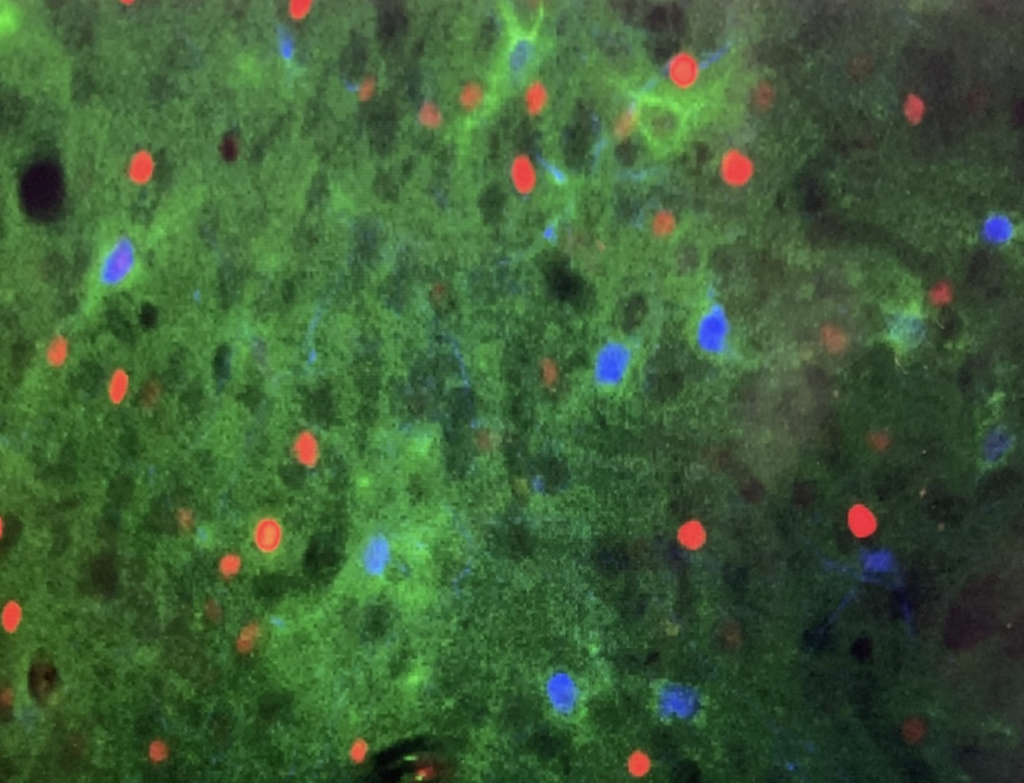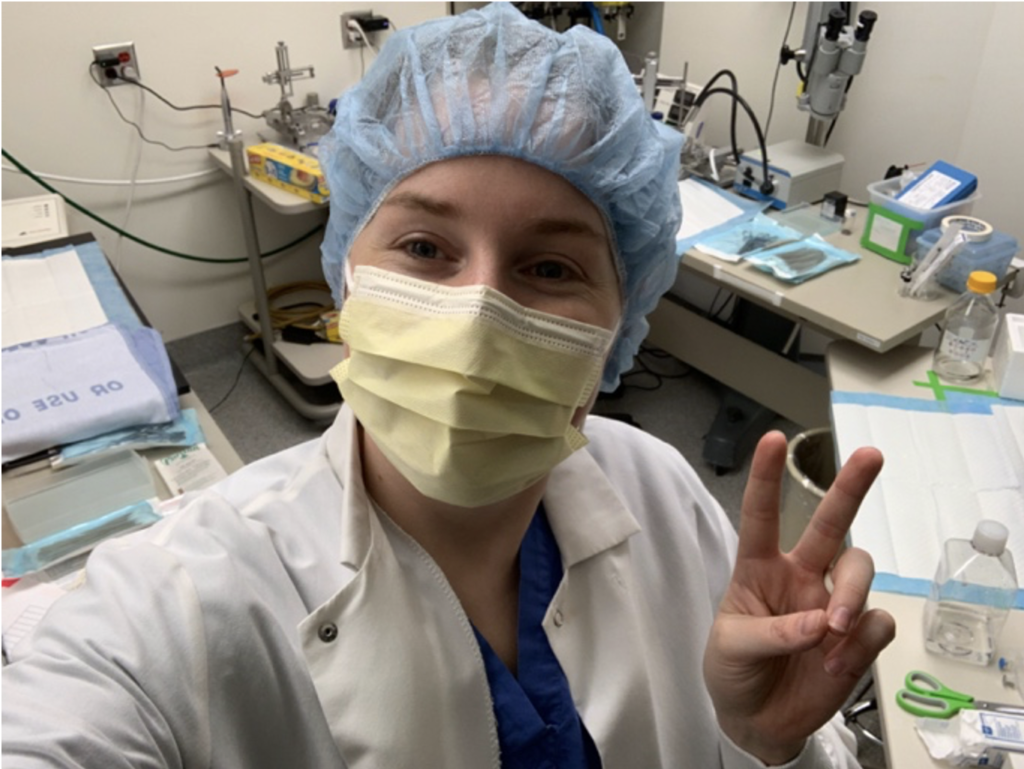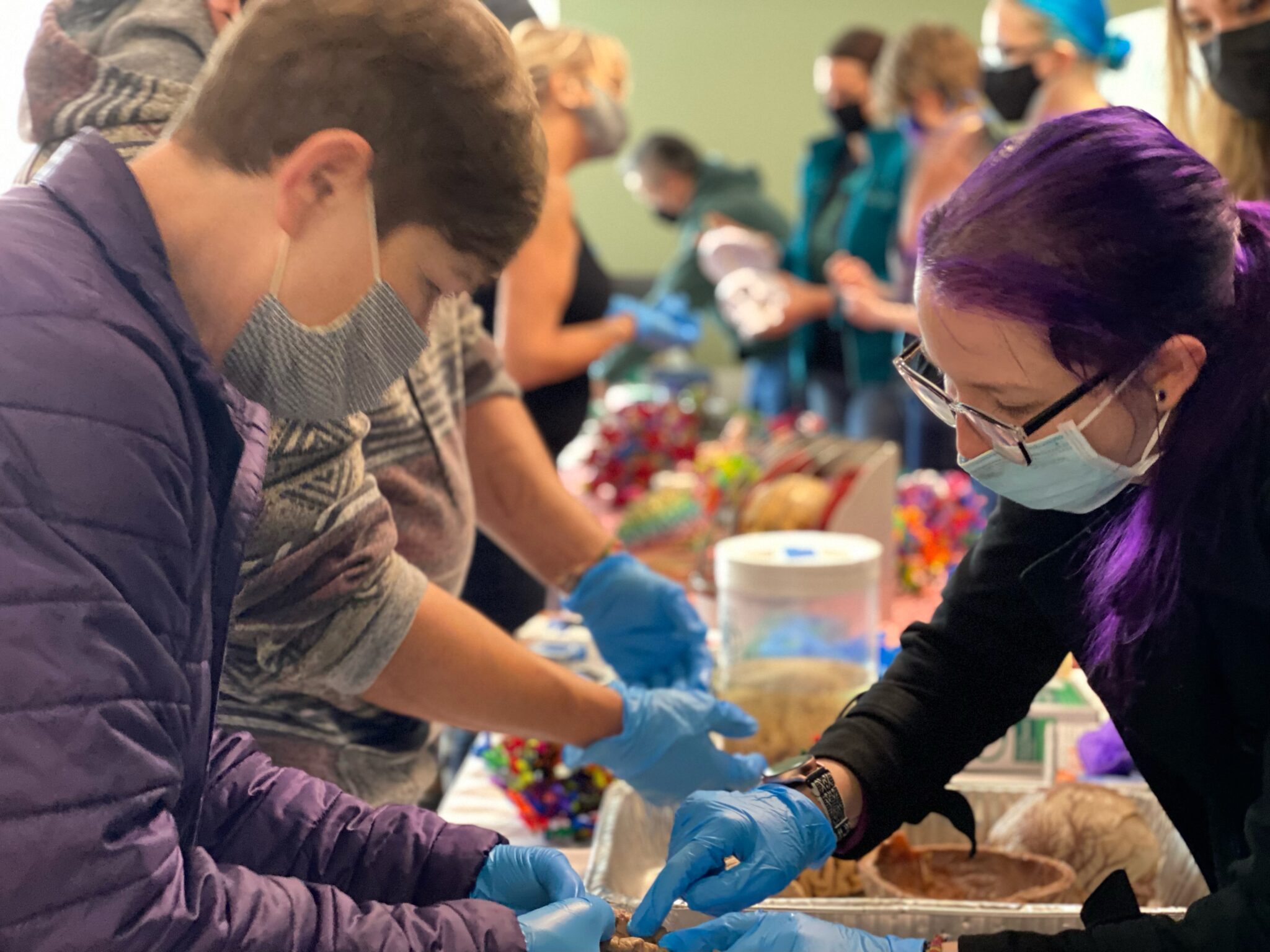Post by Brittani Wallsten, undergraduate in Psychology pursuing a minor in Interdisciplinary Neuroscience at Portland State University. Brittani has been working in Dr. Barb Sorg’s lab at Legacy Research Institute.

READ MY FIRST POST: To the Lab!
While working at the lab, I maintained my other job at a mental health treatment home. This wasn’t ideal because I’ve worked 50+ hour weeks for the past six months, but as anyone in research will tell you, unless you’re a tenured lab P.I., it doesn’t pay very well at all. Honestly, I was shocked at how little it pays. When I first started, I had to volunteer my time, which I was barely able to manage. I recognize that for many people this isn’t even an option, and it keeps intelligent and talented students from gaining valuable experiences.

Fortunately, Legacy Research has a summer program where students can be hired on for a few months with at least some pay. It’s a great opportunity if you have the time and the budget. I was able to do this over the summer. However, when they hired me, the HR representative made it clear that “most students are excited to be paid at all, so the pay rate is non-negotiable.” I say this not to put the organization on blast, but to let people know that it’s hard to break into research and it’s not made easier by the organizations. I’m thankful that my team recognized how unjust it is and has tried to advocate, but it’s a major issue across the field.
LEARN MORE: Achieving a Diverse Neuroscience Workforce
LEARN MORE: Factors that predict life sciences student persistence in research experiences
LEARN MORE: Undergraduate Research Assistant Leadership for Rigorous, High Quality Research
LEARN MORE: Huge variations in US postdoc salaries point to undervalued workforce
LEARN MORE: How the career path to principal investigator is narrowing
But I digress. I worked in the lab through the week. On the weekends, I worked at a treatment home for folks with severe and persistent mental illnesses (SPMI) these folks have been in and out of institutions, prisons, houselessness and hospitals for most of their lives and are living at this home so they have a safe, warm place to live with access to food, privacy, hygiene, social supports, therapy, medication management and skills training to continue to grow in their independence. It’s in line with the Housing First Model described below:

LEARN MORE: Housing First, Consumer Choice, and Harm Reduction for Homeless Individuals
I find this work meaningful and challenging at times. It’s hard to see people struggling, but it’s wonderful to get to support their well-being as best I can. Plus I get to have conversations and hear stories I would never have had without getting involved in this field. We operate under a harm-reduction model where people are encouraged to be clean and sober but they are not kicked out if they use. We keep an eye on folks and make sure that their safe even if they use a substance that may not be healthy for them.
LEARN MORE: What is Harm Reduction? (NIH)
LEARN MORE: Principles of Harm Reduction
LEARN MORE: Harm Reduction (HHS)
I believe a lot of substance misuse is caused by big society-wide issues (including housing insecurity) and our biology rather than a moral failing on the part of the individual. Especially now that I’ve learned more about the neurological underpinning of substance use disorder, I want to support people in their recovery however it may look for them.

LEARN MORE: Pathways Under Change
LEARN MORE: Hope through Change
From my experience, it seems that people working with folks facing challenges with drug use disorders rarely know what relevant neuroscience research is being done – and vice versa. Getting out of the lab to actually listen to and learn from individuals with direct relevant experience to share is critical for informing better research.

It’s been interesting being a bridge between the two worlds for my coworkers at both jobs. Because of the nature of their illnesses, I haven’t been able to talk to my patients directly about my research work at Legacy. But I dream that someday the work we do could help many people just like them move towards recovery more easily.

After my experiences in the lab and in the community, I feel that I’ll land more on the practice side of the spectrum. I love learning and exploring new ideas, but the human piece is what keeps me going. I want to stay informed and up to date on the latest research as best I can, and hopefully contribute in some way in the future. But, for now, I plan to move away from the research side of things and focus my efforts more on improving the treatment outcomes of the people around me.


